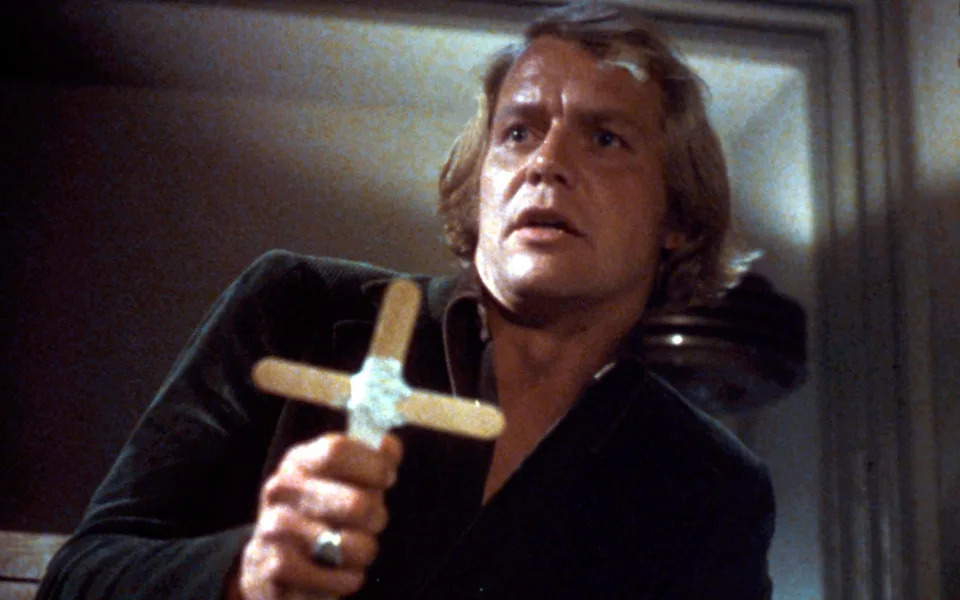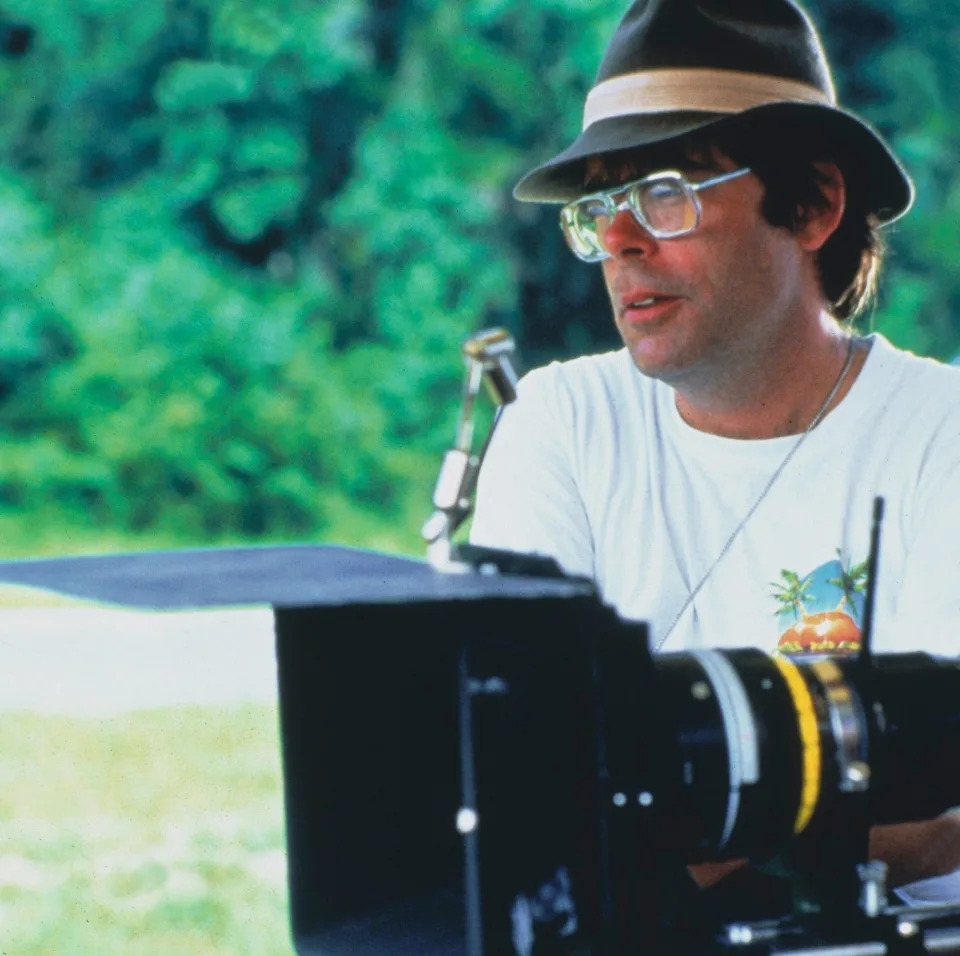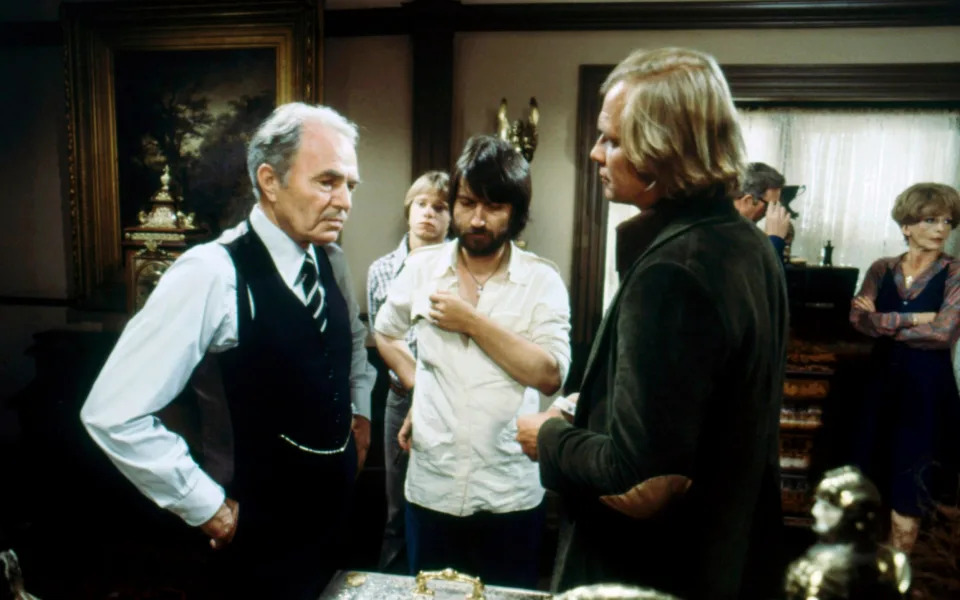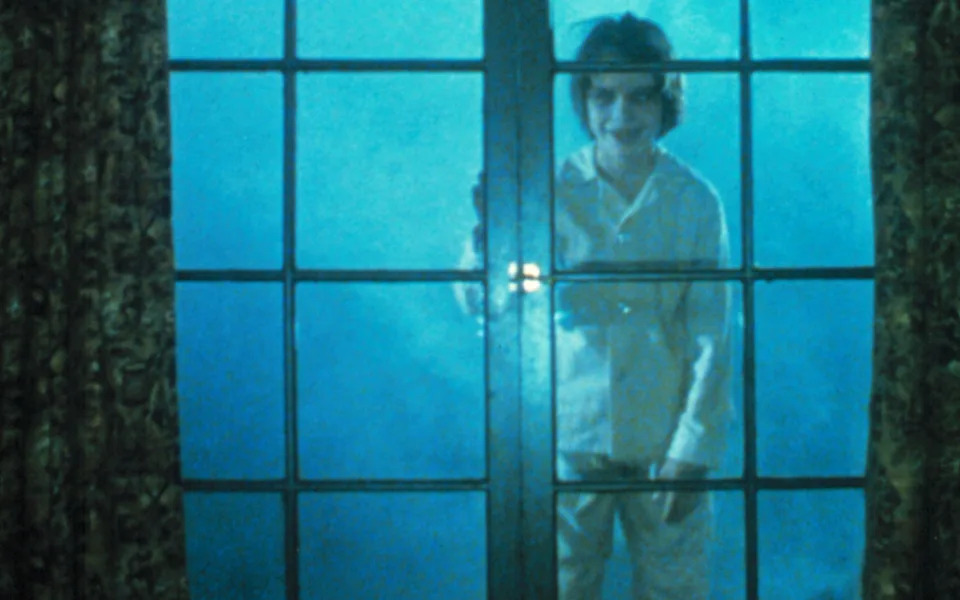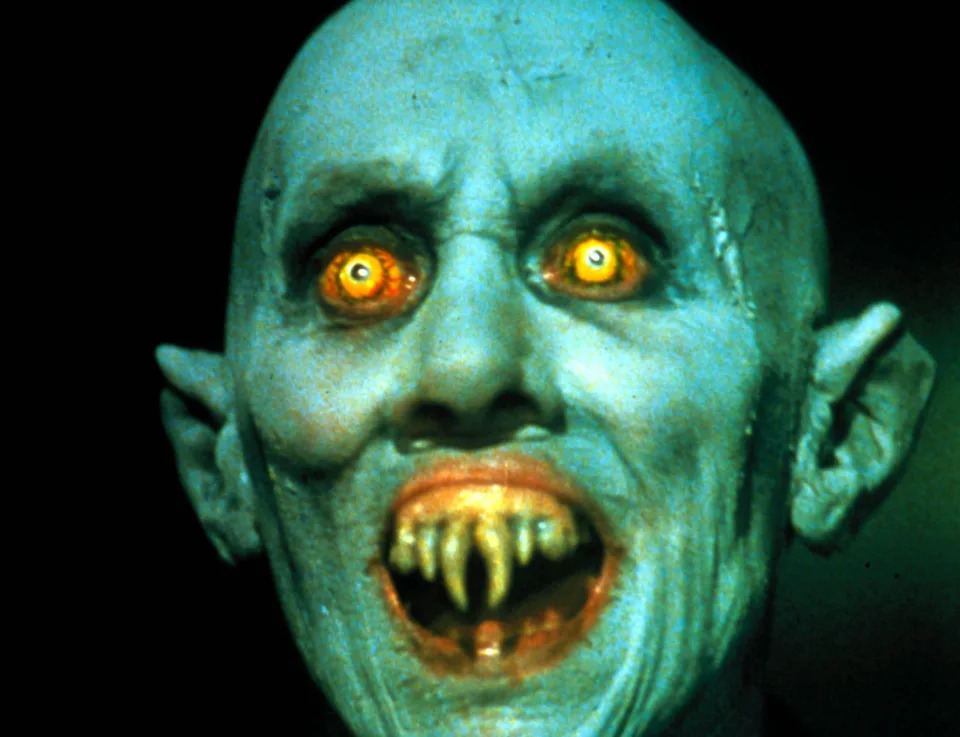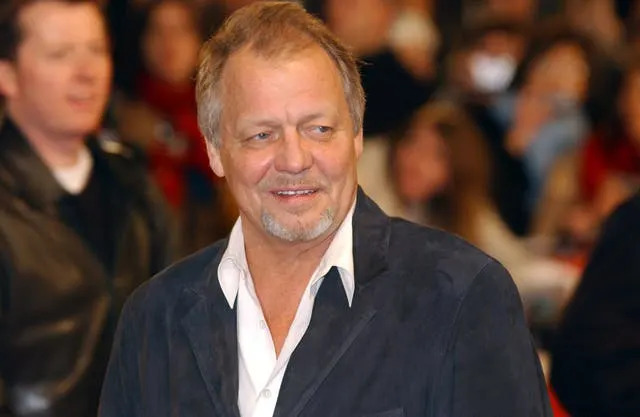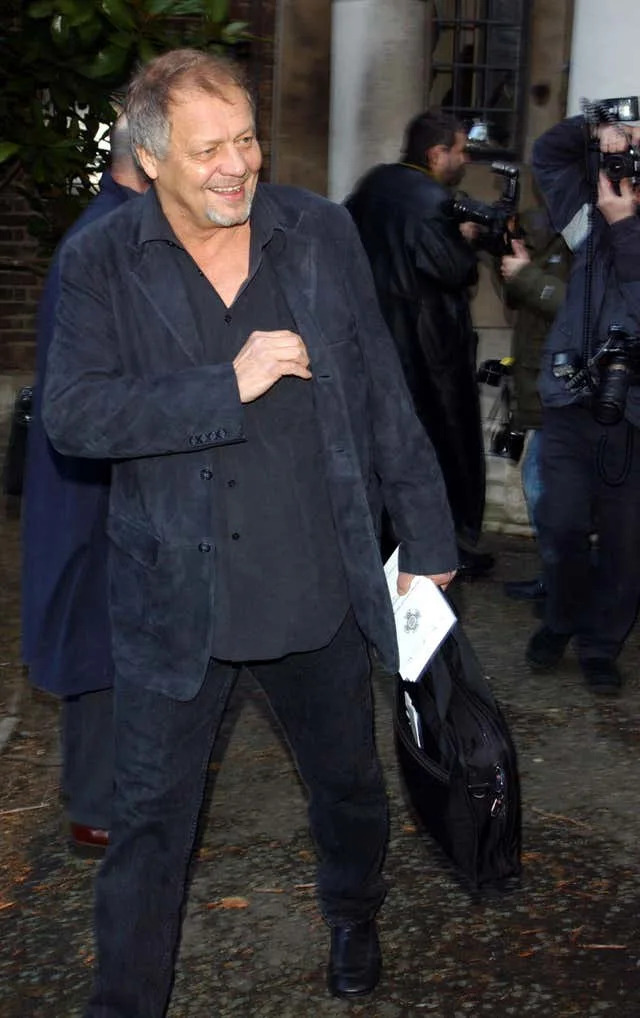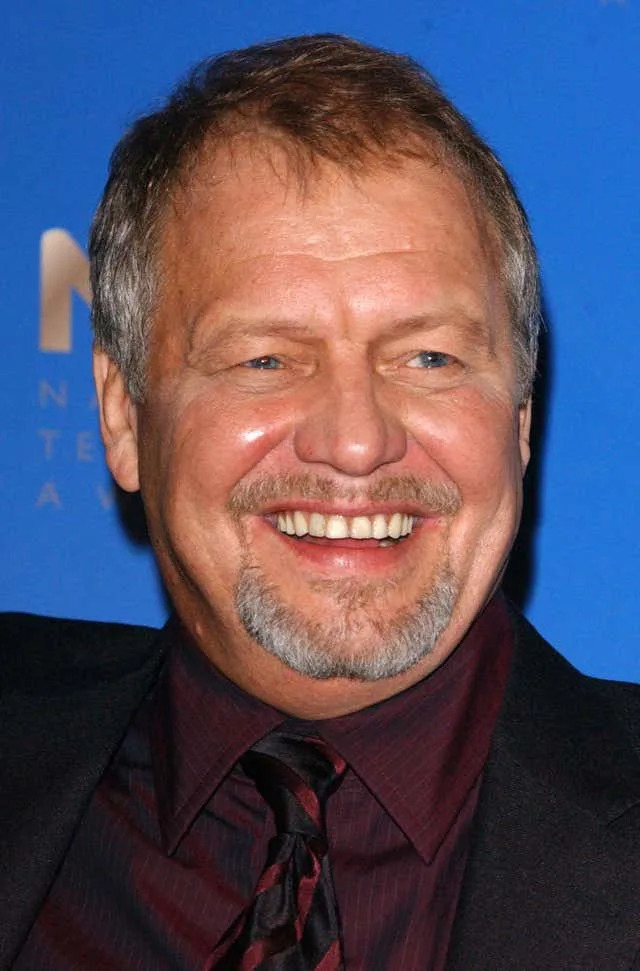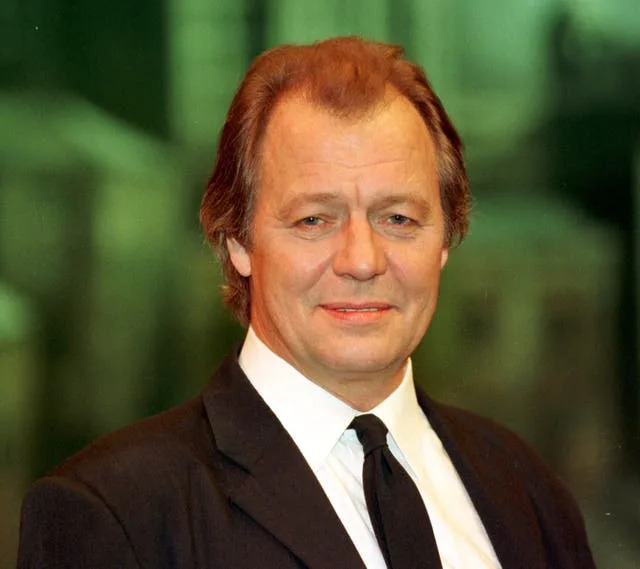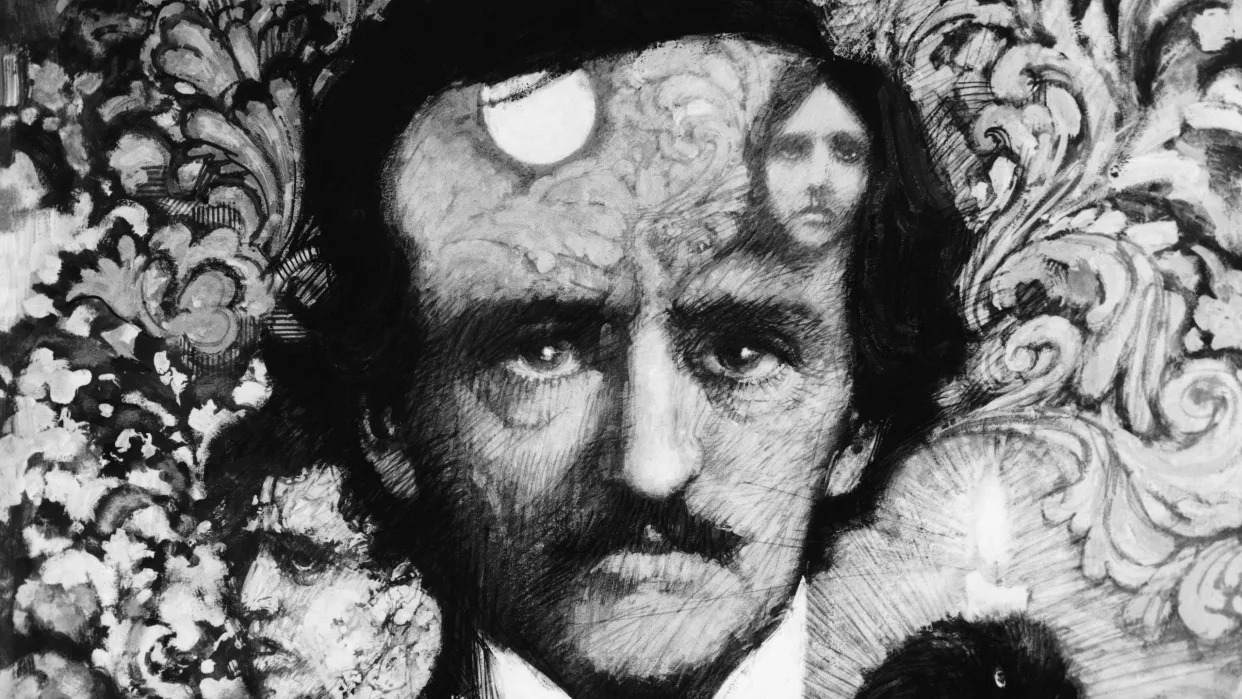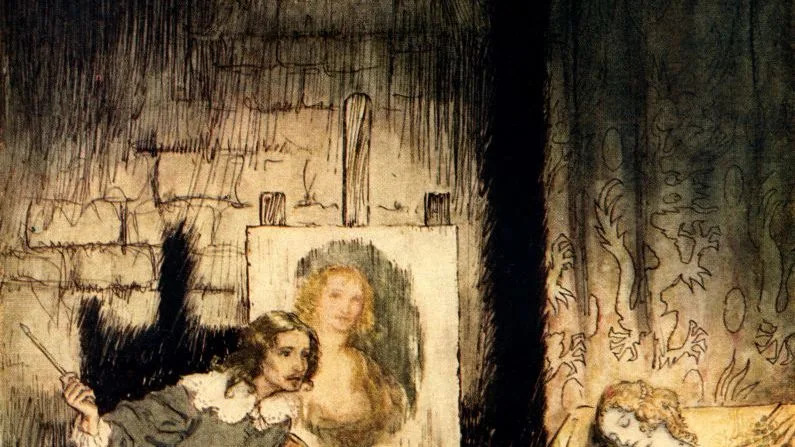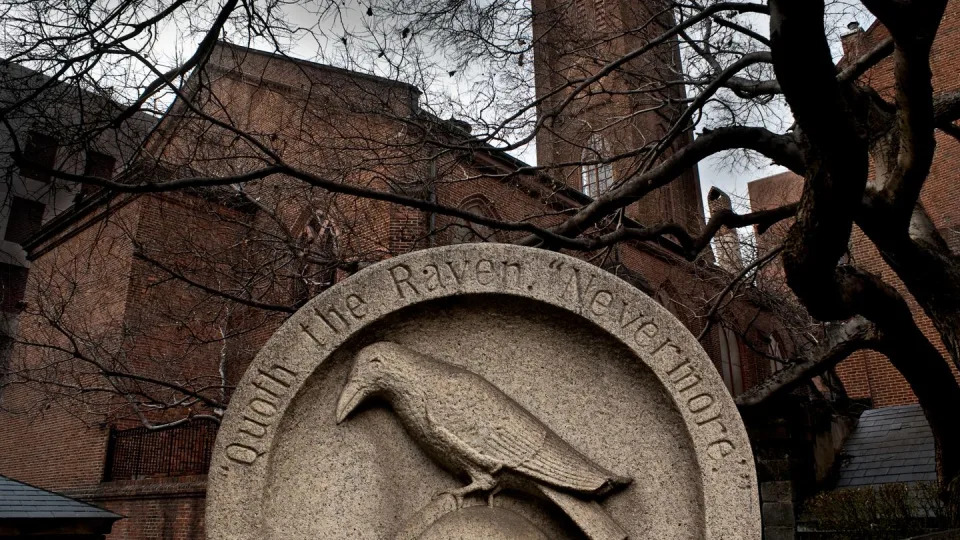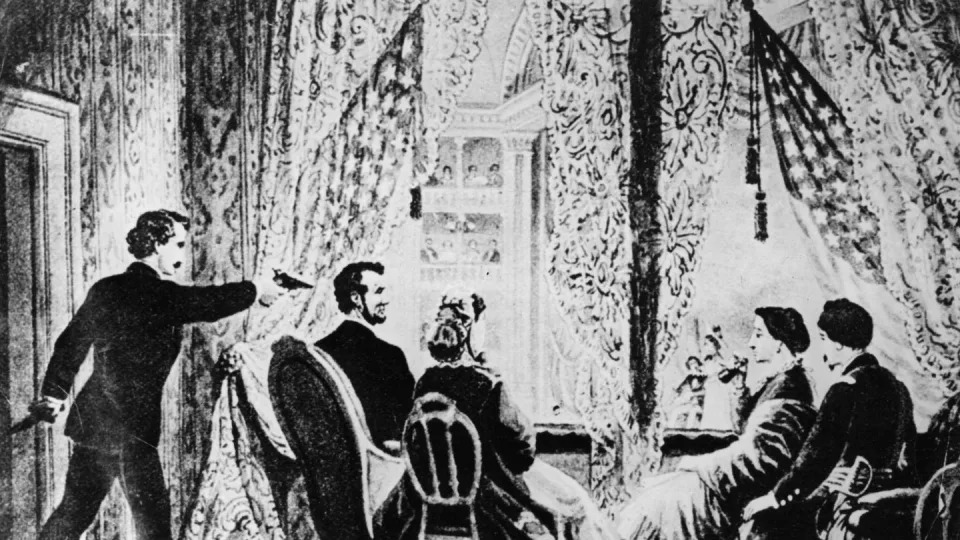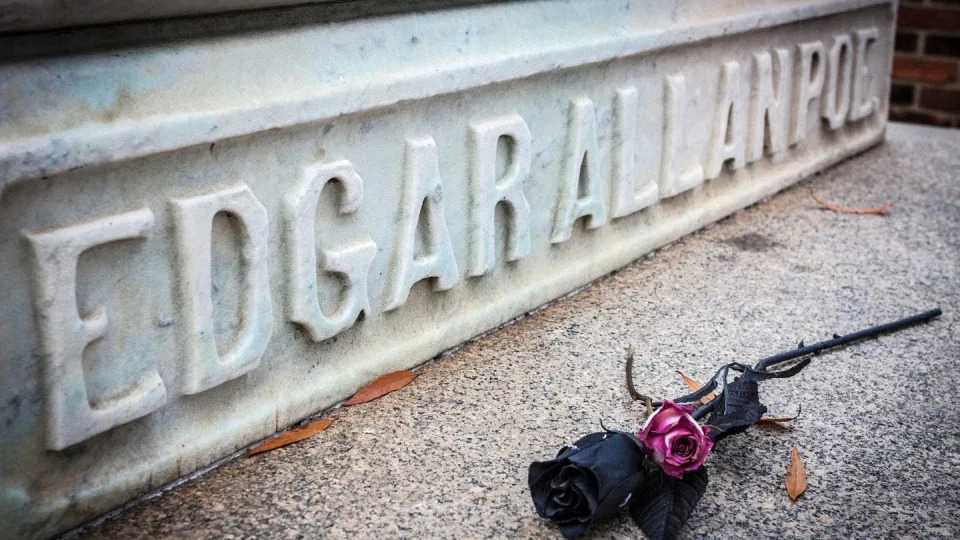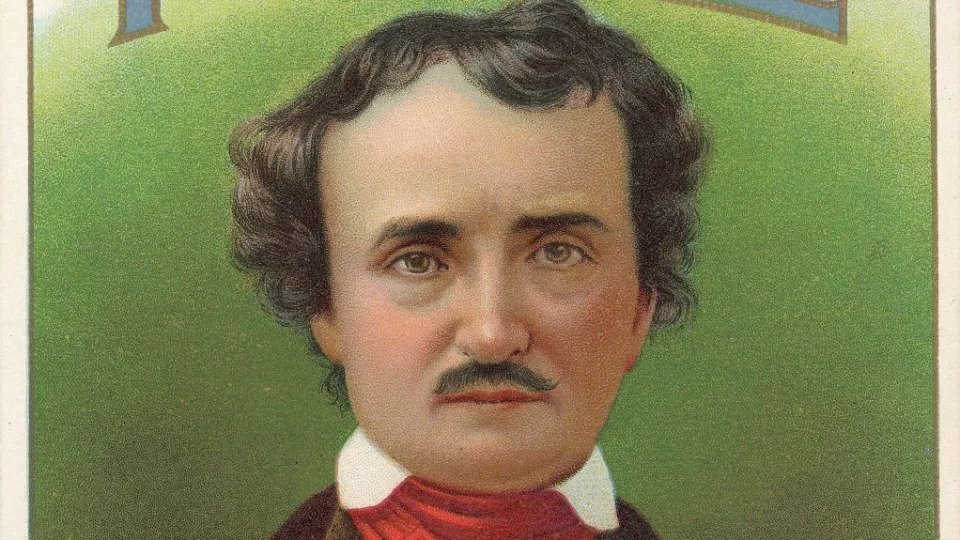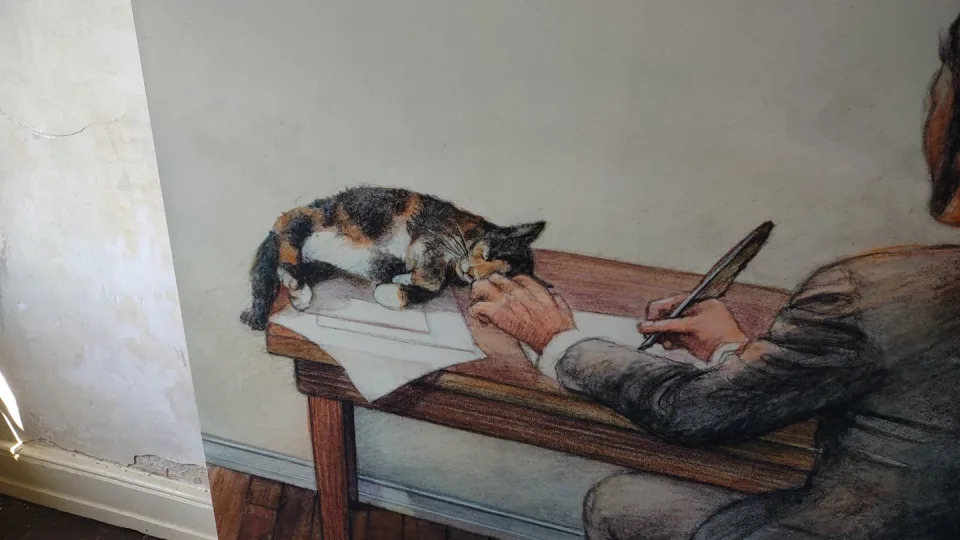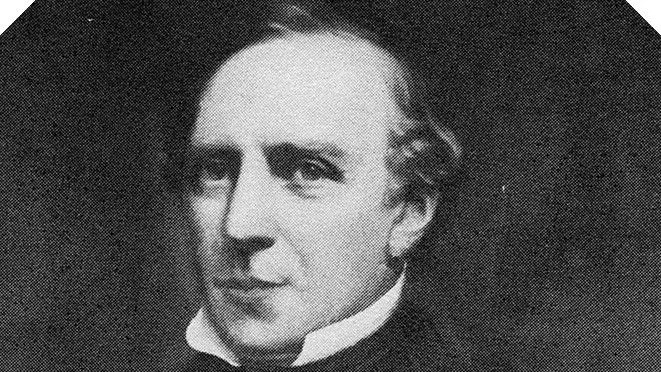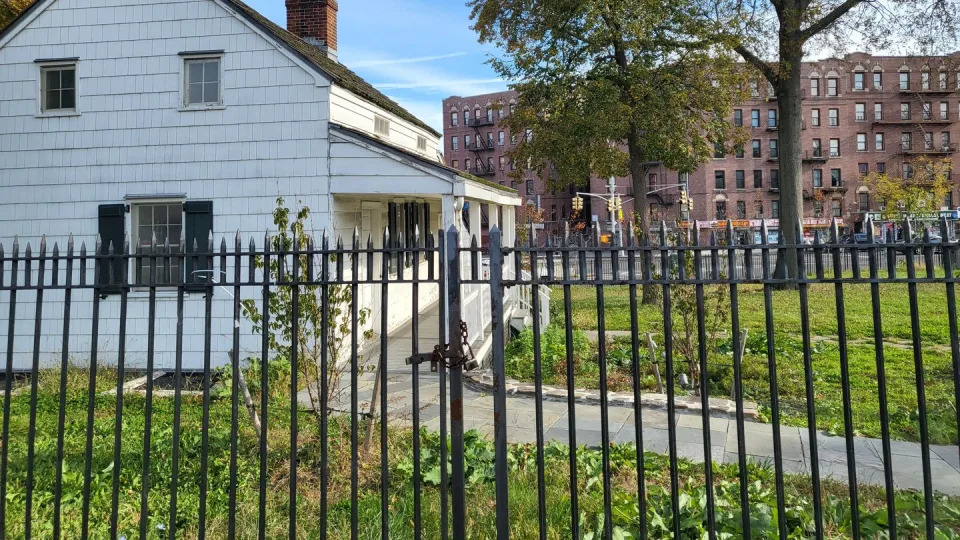1. The overview
If you often ask yourself “How can people believe those lies and deceptions?” when facts clearly indicate them to be untrue, you are not alone. If you ask how so-called leaders can get away with a policy that guarantees disastrous, anti-human consequences, you are not alone either.
In order to examine these questions, let us look at how our minds operate. We have the conscious part of our minds and the unconscious part of our minds. Both operate together. They can be separated into an instinctual part, a daily operational part, and the part that guides us with set principles. Freud described these as id, ego and superego. As we live in our given social framework, all parts of our minds operate within the imperatives of the social formation. As our minds develop, our instincts are trained to fit what we perceive as reality. Reality, our social interactions, and the ideas and rules generated by society condition and shape our daily thoughts and routines.
Our idealistic principles are ultimately formed according to the prevalent ideas of good and bad, how things should be and so on. This transfers a collective sense of ideal notions into the guiding principles of individual minds. This basic mechanism allows us to be social beings working together to achieve the goals and objectives of the society. We are individuals with our own ideas and interests, but we are also parts of an entity we perceive as our society. We are individual entities, but we also exist as a collective, as a species in a vast geological time frame.
But what if our social relations are subservient to the values, norms, and beliefs of the ruling class? What if social institutions are dominated by wealthy and powerful people? What if our society is flooded by their propaganda?
Our society is highly hierarchical based on financial power. It forms a caste-like system, with social mobility bound by conditions set by ruling class imperatives. No kingdoms in the past achieved the degree of accumulation of wealth we observe today. Social media platforms are built to facilitate divisions and commodify collective power within the capitalist framework. Digitalization allows corporate entities to cultivate certain public opinions while excluding others. AI technology can effortlessly steal collective ideas while reinforcing prevalent ideas firmly within the acceptable range of the authority. The advent of the Internet, AI, and financialization of the economy have strengthened the ways to condition people according to the rules stipulated by the money dominated social institutions. All of these are manifesting in new ways to place our thoughts, our ideas, and our social relations within the acceptable range of the ruling class.
The capitalist social formation has an inherent contradiction that leads to periodic crises: The capitalists– the ruling class– get too much money and the rest of the people stop having purchasing power, while unsold products pile up. This has been the primary cause of the major predicaments of our times.
The ruling class shifts its mode of exploitation and subjugation in order to keep the basic structure intact, generating new ways to profit and maintain its dominance. The actual crisis of capitalism is constantly replaced with distorted and narrowly defined prepackaged “crises” which provide pretexts for the economic and social restructuring necessary to float the economy.
For example:
The deprived living conditions, poverty, and destruction of inner-city communities—all stemming from the crisis of capitalism—were portrayed as an emergence of inner-city criminal youth, “superpredators.” The demonization, along with the slogan “tough on crime,” exacerbated the momentum for gentrification, militarized police and school-to-prison pipeline, contributing to enriching associated industries.
Muslim populations have been demonized as “terrorists” as their leaders are called dictators, allowing embargoes, economic blockade, proxy wars, and military assaults against them, ultimately resulting in western corporate powers restructuring their societies to accommodate western corporate interests.
Legitimate environmental activism has been shaped to narrowly focus on CO2, which has created a myriad of environmental issues of its own. This has destroyed the momentum for real environmental activism based on actual damages and accountabilities, while creating a momentum for “green capitalism” for profits. The CO2 focus has also created the carbon trade pyramid scheme for the rich while punishing those developing countries without the capacity to invest in new technologies and infrastructures.
We are flooded with crisis after crisis—“war on terror,” “global warming,” “pandemic,” “Russian threat,” and etc. And the pace of the cycle accelerates as the crisis of capitalism continues to be insolvable, and the western hegemony faces the economic as well as military powers of countries which have been defying the western colonial trajectory.
Meanwhile, our minds, facing obvious manipulations and deceptions, struggle to maintain their integrity by keeping certain things conscious and others unconscious in order to exist within the given social formation. This has been facilitated by active propaganda, educational indoctrination, political rituals, and structural violence against the oppressed. We are given false narratives to swallow in exchange for keeping our positions in the social hierarchy while our livelihoods and well-beings are at gunpoint. This conscious/unconscious process of swallowing the status quo by omission of facts ties us to an invisible cage of the ruling class imperatives. Our minds are forced to employ various psychological defense mechanisms to further disassociate ourselves from the root of the problem.
This has resulted in an enormous decrease of our abilities to perceive ourselves, our relationships to others and the social formation. It has also been eliminating facts and our history from our minds. Our minds and bodies are conditioned to go along with the social imperatives, and the process diminishes our capacity to grow as human beings.
This parallels the increased powers of those who profit from our collective labor and our collective knowledge. The acute concentration of wealth allows the rich and powerful to dominate social institutions. This allows them to impose their agendas and policies through many layers of conditions and extortion regimes against those who are trapped in the social hierarchy.
One might not keep his job or social position if he holds disagreeable opinions about the authority. Or those with disagreeable ideology could be excluded from various social networks.
Let’s say that you hold a position in a community organization, and you are an anti-war activist. Your position can be taken away easily by a few wealthy donors with political motives. They effectively blackmail the organization, saying that so and so is on the side of the enemy country, advocating terrorism, and etc. They threaten to boycott the organization unless you are removed. The little organization, which you have been part of, has struggled so hard to serve the community with no resources of its own. The organization has no choice but to ask you to step down. And having struggled together with the organization for years, you can’t risk damaging the organization by making the event public. The anti-war activism suffers, and you are traumatized by the expulsion. In the process, the organization is shaped to stay within the imperial framework.
Similar dynamics are at work against all individuals who hold views which are unacceptable to the authority. Under the current social formation, our individual productive activities can be exploited by profiteers who set the goals and the objectives, while those who engage in actual activities are deprived of access to the actual collective results. The pattern of domestication of ideas and social relations is not restricted to those who sign contracts with their employers. The fact that social institutions are dominated by the ruling class means that our social relations in general are under the guiding hands of the ruling class.
For example:
-Even though they might have good intentions, volunteers for NGOs can be guided to perform activities within the framework of the ruling class, since the NGOs rely on funding from the wealthy. Even if the NGOs survive co-option by the wealthy, their policies and agendas can always be limited by obstacles presented by capitalist dominated social institutions.
-Grass roots activism can also be at any point co-oped by the interests of the ruling class or neutralized by corporate backed institutions.
-If you happen to be good at anything and garner popularity among the people, sooner or later, your activities can also be forced to conform to the imperatives of corporate entities. Or, you could be excluded from one social network or another as your world view collides with money dominated entities along the way, until you find it unsustainable to be in your field.
This is basically the same mechanism observed by Robert Owen in the 19th century as noted by Frederic Engels in Utopian and Scientific. Owen noted “If this new wealth had not been created by machinery, imperfectly as it has been applied, the wars of Europe, in opposition to Napoleon, and to support the aristocratic principles of society, could not have been maintained. And yet this new power was the creation of the working class.”
This fundamental dynamic of exploitation and subjugation and use of the collective power of the people to shift the course of society for the interests of the ruling class has evolved for the past two centuries, fully normalizing the hidden mechanism, while cultivating layers and layers of protective mechanisms to prop up the basic structure. Our social relations are filtered through so many layers, constantly being scrutinized to fit the current social formation. In exchange for contributing to the harvesting of the collective power, we receive money which can only be used within the economic markets which are dominated by the capital. We are deprived of our powers and in exchange we receive smaller powers which can be used to support the economic structure, which is controlled and manipulated by various institutions. What suffers in the process are things we can’t buy with our tokens: love, friendship, community, culture, nature and etc.
The strength of colonization through the economic structure can be observed as we see how a regional economy in the global south can lose its tradition, sustainable local economy, and communities with the introduction of Wall Street style economy. As the economy shifts to a winner-takes-all, profit oriented structure, social relations shift to conform to the interests of the rich. This goes along with importation of media, where entertainment commodities are geared toward imperial propaganda. Hollywood movies are filled with western-centric narratives. How many of the movies that we see have Russian villains and Muslim terrorists? Mainstream media outlets, now owned by a mere 6 corporate entities, have been serving the corporate and military interests of the west for generations. Western NGOs can also operate with western funding to spread narratives friendly to the west while demonizing the local authority, which defies the infiltration of western propaganda, cultural imperialism and economic restructuring favorable to western corporate interests.
2. The Hierarchy
Here it should be strongly noted that there is a real sense of community, warmth of togetherness and potentially sustainable social relations among those who are engaging in building community momentum. No one can deny those feelings and the actual benefits. This is obvious when we see people finding the real sense of belongingness, pride, and meaning in the communities they build. This can even be said about institutions more obviously facilitated by the intentions of the ruling class —religious, political, military and so on. However, the point here is that our nature to be social and find collective goals to survive can be systemically and structurally co-opted by the structural arrangement of exploitation and subjugation. This should be noted throughout this text, especially as we discuss the inner workings of individuals. Accountability for inhumanity should be squarely placed against the system and its beneficiaries. The purpose of unfolding the mechanism here is not to blame the people who are victims of the domestication. Doing so would bring us to the cynical conclusion that it is human nature to be exploited and brutally attack each other. We must not equate the nature of humanity, however we term it, with the conditions created by the current social formation that allows the ruling class to domesticate the rest of us while depriving us of our humanity and causing devastating consequences to the environment.
The difficult part, of course, is that we can say with certainly that slave owning landlords or those who appeared in lynching post cards smiling right next to black men hanging from a tree probably had happy families and friendships amongst themselves. But as soon as you stepped out of the stipulated boundaries of the community, the smiley faces of your fellow humans could turn into the faces of terrifying perpetrators of lynching. The happiness one gained by belonging to the community had dual functions: ensuring your livelihood and well-being while augmenting the then legitimate social institution of slavery. The enormous sacrifices paid by the enslaved people co-existed right next to the happy families of “good old times.”
When the values, norms and beliefs of the collective are subservient to the ruling class imposed framework of the social hierarchy, it automatically normalizes the most brutal and inhumane discrimination and biases in institutionalized forms throughout the “democratic” sphere. This is the true nature of the notion of “rule by the majority”– a prominent feature of western democracy today.
This mechanism is at the core of US imperialism. When western corporate entities restructure a country with their neoliberal economic policies, it expands its “democratic” sphere, normalizing exclusion and discrimination, which, in turn, facilitates the exploitation and subjugation.
In this regard, the age-old colonial view of “others” still dominates the underlining momentum of western colonialism. The most important psychological element of colonizing is to define the subject population as inferior to the colonizers. The sub-humans must be helped so that their lives can rise to the level of the colonizers, or more precisely, modified to serve the colonizers.
The sense of mission allows the colonizers to do whatever necessary, regardless of the actual well-being of the subject population. All sacrifices among the population are worth it in the end for their own good.
A military action against them is always justified but the resistance against it is always denied as “inhumane”, “barbaric” and “brutal” because ultimately the counter action does not serve the subject population according to the colonizers. Countless lives of the subject population simply do not weigh the same as the lives of colonizers in the imperial minds.
This sense of mission is also very useful in exploiting and subjugating oppressed people within the country engaging in the colonizing. The grievances and dissenting voices against the ruling class are set aside in order to instead fight the “barbaric people.” Those who oppose this would be defined as traitors, terrorist supporters and so on.
In this broader overview, it is clear that the problem is not the “barbaric people who need help” or “terrorist supporters”. The problem is clearly with the colonizers.
The social hierarchy, with its very bottom tier, the very top and everything in between, is the clear manifestation of the social formation of exploitation and subjugation. The political institution of so-called western democracy manifests itself somewhere between social democracy and fascism. In either case, the political parties are backed by capitalists. Their policies and agendas stay within the interests of the owners of the political parties. The constant move between “left” and “right” within acceptable politics creates the sense of political struggle and progress, but in reality, all is restricted within the corporate interests.
However, capitalist hierarchy as a whole doesn’t only shift itself between its fascist mode and social democracy mode in perpetuating itself. The class analysis of the social formation reveals the elements of fascism and socialism within the existing social formation.
The effect of the corporate domination and measures implemented against the people can be felt severely among the most oppressed people while the benefits of state protection and favoritism are felt by the rich. The elements of fascism–authoritarianism, social hierarchy, suppression of opposition, censorship, militarism, and so on—are literally the reality among the oppressed without waiting for the fascist dictatorships to come along. For the rich the state functions tremendously to forward their interests. The political notion of fascism to describe political opponents by the “left” only appears when the interests of the privileged class are threatened, while the political notion of socialism to describe political opponents by the “right” only appears, again, when the interests of the privileged class are threatened. The true liberation of the people can only be possible if we grow out of the hierarchical social formation based on money and violence.
Extreme suffering equivalent to suffering under a fascist dictatorship is inherently present for the oppressed population structurally at all times. The incarceration rate in the US is by far the highest globally. In particular, the rate of incarceration for black people has been higher than apartheid South Africa. Every major city in the US contains tent cities where people are subjected to life without basic human rights. One out of five children is facing hunger in the US. The number goes up twice as much for minority children. Without universal healthcare, the cost of major illnesses would easily bankrupt the average household. Three people are killed by police officers every day on average in the US. Meanwhile, the wealthy people often avoid jail time with their political connections, better lawyers, and ability to pay bail. The richest among the US population pay less tax than the average household. The overwhelming favoritism for the rich in the social layers has been institutionalized in various ways, allowing three people in the US to own more wealth than the bottom half of the US population. “Socialism” only for the wealthy is well functioning for the ruling class at all times.
In order to fully perceive and appreciate life for the benefits for all, we must recognize the overwhelming role of ruling class imperatives in the formation of collective values, beliefs and norms among us. The class hierarchy and the process of “othering” based on the dominant world view play significant roles in determining our perceptions.
3. The Minds
Now, getting back to our minds, the fact that we internalize the authority as our guiding principle in order to form society creates an unintuitive phenomenon—our thoughts and behaviors follow the ruling class imperatives automatically. All commonly known psychological defense mechanisms are fully employed by individual minds to cling onto the existing social formation. Instead of recognizing the exploitive nature of the system as a whole, our minds are forced to blame “others” for not following unjust laws and ruling class-centric ideas. For example, economic insecurity and poverty due to austerity measures, job exports to overseas, lower wages and etc. would be blamed on immigrants, who are forced to migrate to the US due to the US imperial policies within their home countries. Inconvenient contradictions and world shattering facts stemming from the systemic exploitation are simply repressed as individuals face cognitive dissonance. Accountability for imperial war crimes, colonial policies, and brutal oppression by the authority are projected onto propagandized characters of “enemies.” Unsolvable contradictions lead to regression, resulting in violent behavior against others.
The social structure is not forcefully activated by top-down coercion only. Each individual plays a significant role in helping to mobilize the entire structure. This is the secret of “western democracy” managing to reign as an imperial power in the name of “freedom,” “justice” and “humanity” and exploiting and subjugating the global south for so long. The collective power of the imperial mind acts like a power steering wheel, allowing a handful of the ruling class to set their goals and objectives in how to use the stolen collective power of the people.
This is facilitated by the fact that the social formation, which doesn’t allow social relations based on one’s own interests, deprives one of the ability to perceive their surroundings correctly. Instead, “the reality” is projected onto the people as prepackaged corporate narratives through the media industrial complex, educational industrial complex, political industrial complex and so on. One is either forced to swallow a prepackaged social framework or one develops a personal world view based on one’s own position in the social hierarchy. For those who embrace the prepackaged world view, dissenting opinions become threats to their very own existence—an attack against the authority literally is an attack against a part of their psyche, the internalized authority. For example, the dissident voices against the US proxy wars and the military actions against other countries would appear unpatriotic, “terrorist supporting” and so on in their minds.
For those who develop personal world views based on their own position within the hierarchy, it also creates a desperate struggle to embrace that position, instead of offering to understand the view which derives from a different circumstance and work together to eliminate the root cause. The legitimate grievances of minority groups to access job markets, social safety nets, equal rights and so on are seen as threats among the rest of the already struggling population. This results in divisions amongst the subject population and lack of understanding amongst the people, while augmenting the social hierarchy as a whole.
Dissident groups often split or disappear as emerging crises reveal their narrow interests within class hierarchy, resulting in infighting. For example, some among those who have vehemently opposed measures forwarded by the medical industrial complex—forced “vaccination,” profit oriented Covid measures, the associated media censorship and etc.—have been quick to side with the establishment in Israel and its allies’ settler colonial violence after the 10/7/23 Palestinian military operation against Israel. Those who oppose losing their human rights within the imperial framework have failed to recognize over 75 years of colonial occupation, apartheid policies and genocide against Palestinian people by the US imperial project in the Middle East. This has resulted in devastating divisions among activists. The power which should be directed against the thieves of the collective power is directed toward one another, within the hierarchy.
Quite often a social mobilization is expressed as “war”–war on drugs, war on crime, and so on. A state of war does not allow discussion, alternate views, or reconciliation on a personal basis or collective basis without the commander in chief saying so. Instantly, dissenting actions are deemed “treason.” The urgency and seriousness of “war” is orchestrated by media propaganda, educational indoctrination, political measures, legal restrictions, and so on. The internalized authority in people’s minds creates a massive storm of self-censorship, infighting amongst families, friends and communities under the notion of absolute allegiance to the authority. A McCarthyism-like social atmosphere appears every time we are subjected to this sort of mobilization.
Without understanding the structural mechanism as well as the psychological mechanism, one can also develop a warped abstract notion of a collective enemy—Jewish bankers, globalists, Illuminati, and so on. These prepackaged enemies can serve the system by preventing people from seeing the actual mechanism of exploitation and subjugation, while depriving them of the actual measures to dismantle the system.
For many, these processes involving psychological defense mechanisms are unconscious, while the framework of the society where they belong is upheld unconditionally. The cage of capitalism stays invisible to the subject population. Also, the fact that we are deprived of access to facts and history due to the domination of social institutions by capital adds to the confusion while making the authority a single entity to obey.
For those who manage to be conscious about the contradictions and unjust policies coming out of the authority, the situation is very difficult. Most of us do not wish to fight a systemic mafia enterprise operating in our neighborhood. If they demand a protection fee, many will simply pay instead of having their houses burned down at night. In this case, we are talking about the entire system colluding with institutions to run its operation. It is unlikely that any legal system, any media outlets, and so on, will take your side. In most cases the idea gradually subsides into unconsciousness, turns into cynicism, or creates various sorts of mental dysfunctions amongst the subject population.
Yet, conscious efforts to point out the problem of this social formation have been with us for centuries. Unfortunately, history is abundant with violent repression against dissidents with anti-capitalist and anti-imperialist views. The degree of the use of violence is unimaginable to ordinary people. The brutality and scope of the violence defines the determination and criminality of the ruling class to perpetuate its dominance over the subject population. Assassinations, imprisonment, systemic eradication of dissident organizations by state violence, various war crimes committed by its military and so on have created an aspect of the authority as an invincible “mafia enterprise.” This notion lurks on the border between the unconscious and the conscious as we wonder about the legitimacy of the authority and the grave violence committed by it in the name of “democracy,” “freedom,” and “humanity,” as it quietly demands compliance by its threatening presence. This is far from how a “free country” is said to run its business.
The internalization of the authority is a colonization of the mind in each and every one of us. Trauma creating events due to economic oppression, lack of social safety nets, destruction of communities and so on strengthen the presence of the internal authority, just like victims of domestic abuse cling onto the abusers. Pain and suffering are a firmly integral part of the social formation.
The collective wounds of a trauma—racism, sexism and so on—can also be utilized to augment capitalist measures and imperial measures. These create opportunities for the same system which institutionalizes trauma-inducing discriminations to effectively enlist people of stigmatized identities who are willing to collaborate in exploitation and subjugation. The first black President Barak Obama came in with a thundering popularity. He managed to bomb seven countries, effectively working with corporate entities to install neoliberal restructuring regimes in many areas, while protecting the interests of the criminal banking system. The legitimate criticisms against him were termed racist, while the actual deep seated racist sentiment amongst the population muddied the aim of the legitimate criticisms as well. A similar mechanism is at work in Israel’s brutal imperial settler colonialism. The Israeli government, along with the western establishment, has been openly equating opposition to Israel’s apartheid policies and settler colonial violence against Palestinians with anti-semitism. This has created a vicious cycle of anti-imperial momentum advertised as “anti-semitism” through corporate media, adding to the escalating violence against Palestinians with impunity. This has allowed Israel to function as a military base for the US empire in the middle east and beyond for generations. The US financial aid to Israel surpasses the aid to any other country, amounting to over $317 billion since 1946. The vast majority of the aid goes to the military.
Moreover, social activism for equality and justice has become strategized tokenism within the system instead of a struggle to eliminate class hierarchy and ruling class abuses. This trajectory has been openly supported by the establishment in the name of “diversity.” The corporate backed “diversity” firmly operates within the structural imperatives of the established order. Those with minority backgrounds who embrace corporate policies and imperial agendas are chosen for their diverse backgrounds; however, in reality, their corporate orientations and their subserviency toward imperialism reinforce the actual capitalist hierarchy and contribute in exacerbating actual sufferings of the oppressed.
As we grow as humans, we grow in this mold, thinking and acting so that you won’t offend the authority and the internalized authority. Dissenting voices are structurally excluded, deprived of facts, of history and resources and constantly forced to make deals with the establishment to keep themselves alive.
When we shift our attention to the mental states of agents of the ruling class — politicians, bureaucrats, establishment backed “experts,” and super rich individuals — one can’t avoid witnessing psychopathic qualities present in how the interests of the ruling class are blatantly forwarded at the expense of a vast suffering majority. We saw president Obama joking about killing people and joking about drone bombing. We saw Hilary Clinton laughing about assassinating Gaddafi. We heard Madeline Albright stating it’s worth killing half million Iraqi children. Some remarks by president Trump certainly belong to this category as well.
The wealth driven social structure requires leaders who can ruthlessly forward the interests of the ruling class. Psychopathic characteristics are necessary parts of this social formation.
In a society which operates based on the interests of the population in harmony with nature and life forms, psychological repression is a defense mechanism that protects individuals from devastating traumas. Psychopathic behaviors are treated as unsuitable personal traits for responsible positions in society. However, defense mechanisms are an integral part of the dynamics of the collective mobilization and they are crucial in making the capitalist cage invisible in this social formation. The social formation also utilizes psychopathic individuals in forwarding inhumane exploitive measures.
Suffering and pain create infighting amongst the oppressed, while hopelessness and cynicism turn into self-harm or random violence. The internalized authority in the subject population’s minds directs their attention to their fellow humans, to themselves, or forces them to regress into committing violent actions. These tendencies have been drastically augmented by the prevalent use of mind-altering pharmaceutical drugs in recent decades. Researchers have been noting the devastating consequences brought out by drugs with side effects such as suicidal ideation, psychopathy and so on. (Big pharma makes money, and again, suffering caused by the exploitive environment has created opportunities for industry.)
Where is a formation like this heading in the geological time frame, let alone the development of a few centuries?
4. The Social Institutions
Our social lives revolve around certain networks in our careers, our interests, our backgrounds and so on. This allows us to find livelihoods and meaning in our daily lives away from the structural issues devastating parts of our population. However, the measures and the policies of the ruling class are also imposed through those networks within the social formation as well. Social institutions, under the strict control of capital and backed by the internalized authority of individuals, quietly guide us to the imperial framework. In a functioning society, a social institution allows facts and history to accumulate in a given field, creating collective assets of knowledge and wisdom. This is a column supporting what we perceive as “civilization.” But what is the implication of it functioning as an element to divide people and impose draconian measures under the umbrella of the ruling class authority? What are the consequences of such oppression for those who are eager to protect the integrity of the institution? And how do we understand our surroundings, facts and history when those change according to the agendas? We lose our common ground to stand on. Our communities are destabilized and ultimately forced to stand on official narratives.
Religious institutions, political institutions, science and etc. often play such a role. For example, the political institution has been reduced to a machine to form and legitimize ruling class agendas in the name of “democracy” in which money dominated corporate parties meticulously choose and curate problems that will give opportunities for corporate entities. Narratives, slogans and talking points are provided to party members according to their affiliations. The parties, backed by corporate interests, encourage party members to engage in this controlled competition in which rules and objectives are set by corporate interests. This effectively eliminates an actual political process for the interests of the people while giving an illusion of “democracy.” Participation becomes a ritual in which the collective power of the people is stolen in the name of ensuring the betterment of the people.
Just as the collectivity of indoctrinated individual minds acts as a power steering wheel for capitalist agendas, social institutions have become an integral part of the driving force of ruling class agendas. In particular, corporate funded NGOs, think tanks, academic institutions, research institutions and so on, play a crucial role in formulating effective measures and policies for achieving lucrative goals at the expense of the exploited and subjugated population.
5. Perpetual Now
The depth of the colonization of minds is reflected by how we perceive major events of our time. For example, the people who desperately screamed “Stand with Ukraine” are nowhere to be seen as we are forced to swallow the new slogans on the Palestinian conflict. The 500,000 Ukrainian deaths resulting from the US proxy war do not appear anywhere. We clearly remember the images of 9/11. But there is no accountability for the deaths of millions of innocent people in the Middle East. The non-existent Weapons of Mass Destruction, “dead incubator babies,” “viagra supplied soldiers,” and other emotionally charged accusations against the “brutal dictators” do not find any reasoned connections to the actual events and their consequences at all. We are forced to consume incoherent segments of the broken dreams of the ruling class, with ample excuses and justifications, as if we are watching a series of rationalization dreams of the ruling class mind with our wide awake minds. In this collective process, we are totally detached from history and material reality as we are forced to embrace the fictitious notion of “perpetual now.” This colonization of our perception, with forced consumption of incoherent propaganda narratives, leads us, sleep walking, into colonial projects of war, colonialism, and neoliberal restructuring.
Our lives count on the healthy functioning of social institutions and social relations based on our interests. We internalize the imperatives of the collective as guiding principles. We naturally build respect and trust for those who protect social institutions with their wisdom and knowledge. We build communities to build social relations based on our interests. Our internal sense of the collective manifests as tradition, myths, culture and so on. We learn to organize ourselves so that we can live harmoniously with ourselves, with each other, with other life forms and with nature. We create art to reflect who we are while also reflecting how things can be, reaching out to the vastness of the universe.
The capitalist hierarchy and its beneficiaries replace these dynamics with imperatives that keep their order intact. Our psychological traits, our collective social mechanism, how we perceive, and the actual facts themselves and history are being manipulated, altered, and abused. They have been taken apart and put back together to form an invisible cage of caste-like social hierarchy which is constantly being shaped and maintained through the process of trauma and conditioning. Our species is being domesticated by the ruling class, which is harvesting our collective powers to pursue this destructive path.
6. Growing Out of the Social Formation
In this writing I have attempted to lay out the psychological aspect, as well as the structural mechanism, of collective mobilization of the people under capitalist domination.
All these processes clearly indicate structural as well as active efforts by the ruling class to impose policies and agendas against the subject population. This particular social formation is extremely inefficient and unproductive in terms of realizing the potential of the collective power of humanity since the captured power has been largely used to concentrate the power of humanity in the hands of a few without regard to the ultimate trajectory of the species as well as our real potential to actualize our capabilities in harmony with our surroundings. The process diminishes our capability to perceive ourselves, each other, and our environment, while depriving us of our abilities to create and grow as human beings. We have yet to see the real potential of our species at this point. Continuation of this trajectory will deprive us of it.
To end this writing, I must add one thing. I find many people in the US to be friendly, kind, and extremely sophisticated in their areas of specialization. I have seen so many of them displaying great ingenuity, relentlessness and creativity in what they achieve. As an artist, I do feel waves of corporate pressure against creative freedom and the structural impediments of co-optation. But I also do feel the resilience of artists quietly but surely spreading roots in examining what it is to live and what it is to be humans. The sense of freedom and optimism which has overcome slavery does shine through the spirits of the people. The progress we make for the betterment of all people must stem from the historical reality and the characteristics of the people. Yes, slavery has morphed into current forms of exploitation and subjugation. Yes, the accumulation of wealth and the disparity among haves and have-nots has been exacerbated. We could see these facts as proving the strength and resilience of the capitalist formation. However, we could also see them as evidence proving the criminality of the social formation as a vast pyramid scheme imposed on the majority. As the list of criminal acts continues to expand, our yearning for life and nature also expands.
It is very difficult to understand the mechanism of exploitation and subjugation which involves many layers of our social structure as well as that of our minds. Our examination makes it clear that the social formation consists of many elements working together in highly complex ways. The ultimate solution cannot be narrowly defined by one magic bullet. Although focused measures are necessary to counter immediate risks and impediments to well-being, a narrowly focused solution will ultimately allow the system to morph and absorb that measure into the existing system. The transformation of society from a ruling class-centric one to a people-centric one requires a fundamental shift of social power to the hands of the people.
The discussion leads to new questions:
The system cannot function without the help of the internalized authority in every one of us. Our understanding of the system and our role in it helps us to do away with the spell put on us by the system, allowing us to have opportunities to refuse to act against our own interests which, in turn, can stop the momentum of the system. How do we educate ourselves?
The system attempts to commodify love, friendship, community, culture, nature and so on. All of those have been shaped and defined by the capitalist society to be sold and bought, only to be seen less and less among us. If we make right choices for ourselves and for others, not for the interests of the ruling class, we can cultivate truly meaningful social relations by valuing what really matters to us, which could lead us to building social institutions which function for us. Social institutions which work for the interests of the people are the basis of a well-functioning social structure for the people. How can we achieve that?
We are social beings by nature. We can achieve by working together what we cannot achieve by working alone. This collective power belongs to us all. How do we ensure that our power serves the livelihoods and well-beings of us in harmony with nature and other life forms?
Countless people in the US and across the globe have raised their voices against this social formation from various angles. We have much to learn from the successes and failures of people who live under the socialist form of government. We have a vast wealth of knowledge and wisdom going all the way back to the beginning of our species examining how to be as a collective and how to be as individuals. We are one with those people from the past, from now and from the future in our path to outgrow the current social formation.
Hiroyuki Hamada is an artist. He has exhibited throughout the United States and in Europe and is represented by Lori Bookstein Fine Art. He has been awarded various residencies including those at the Provincetown Fine Arts Work Center, the Edward F. Albee Foundation/William Flanagan Memorial Creative Person’s Center, the Skowhegan School of Painting and Sculpture, and the MacDowell Colony. In 1998 Hamada was the recipient of a Pollock Krasner Foundation grant, and in 2009 he was awarded a New York Foundation for the Arts Fellowship. He lives and works in New York. Read other articles by Hiroyuki.
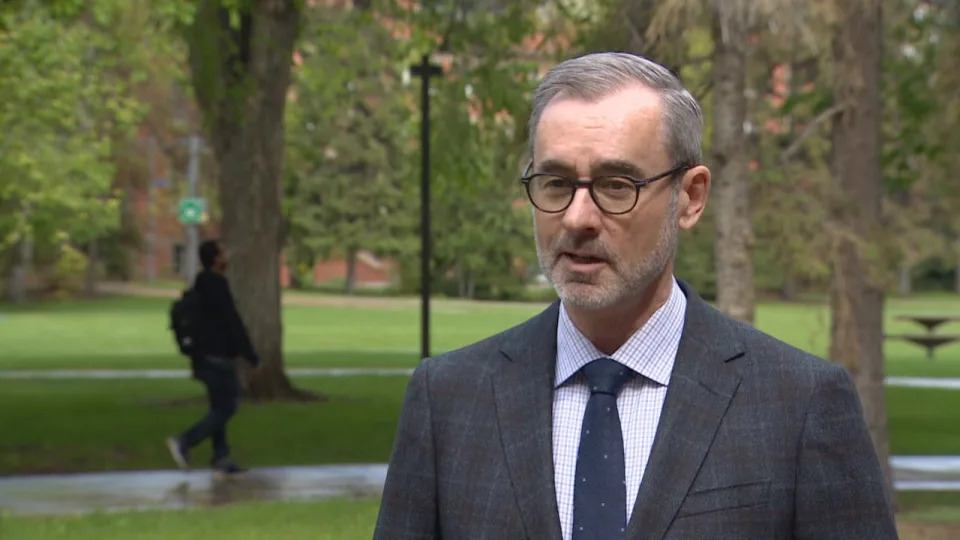
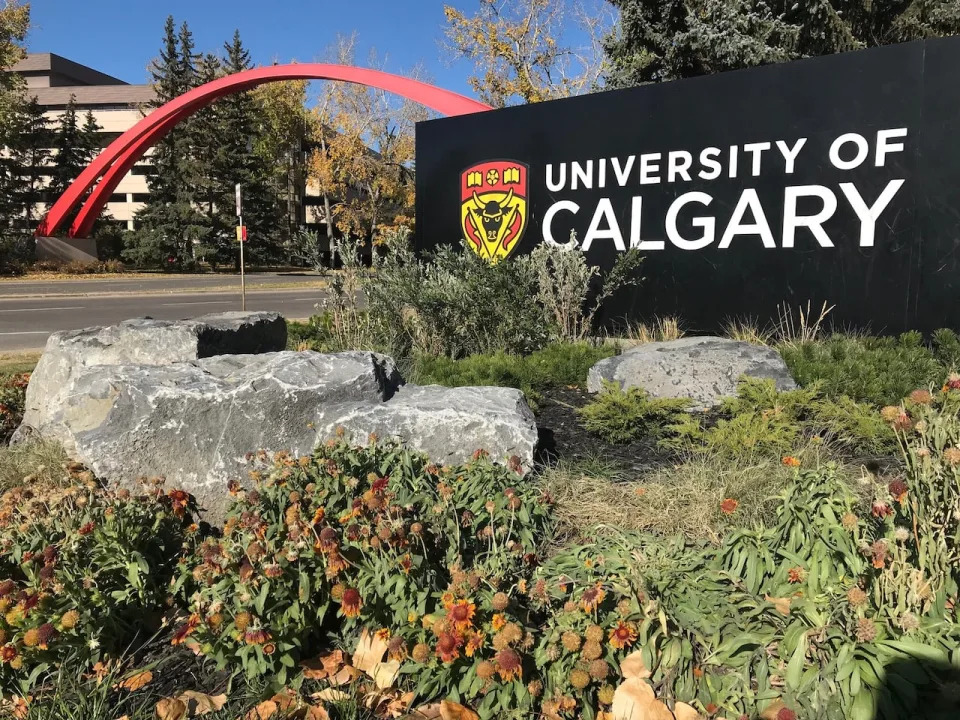


 Global News
Global News